Submitted by Rabia Haneef Meo
Documenting Architecture through the Lens of Pakistani photographer Rana Atif Rehman
Pakistan Architecture News - Dec 04, 2020 - 21:20 7650 views
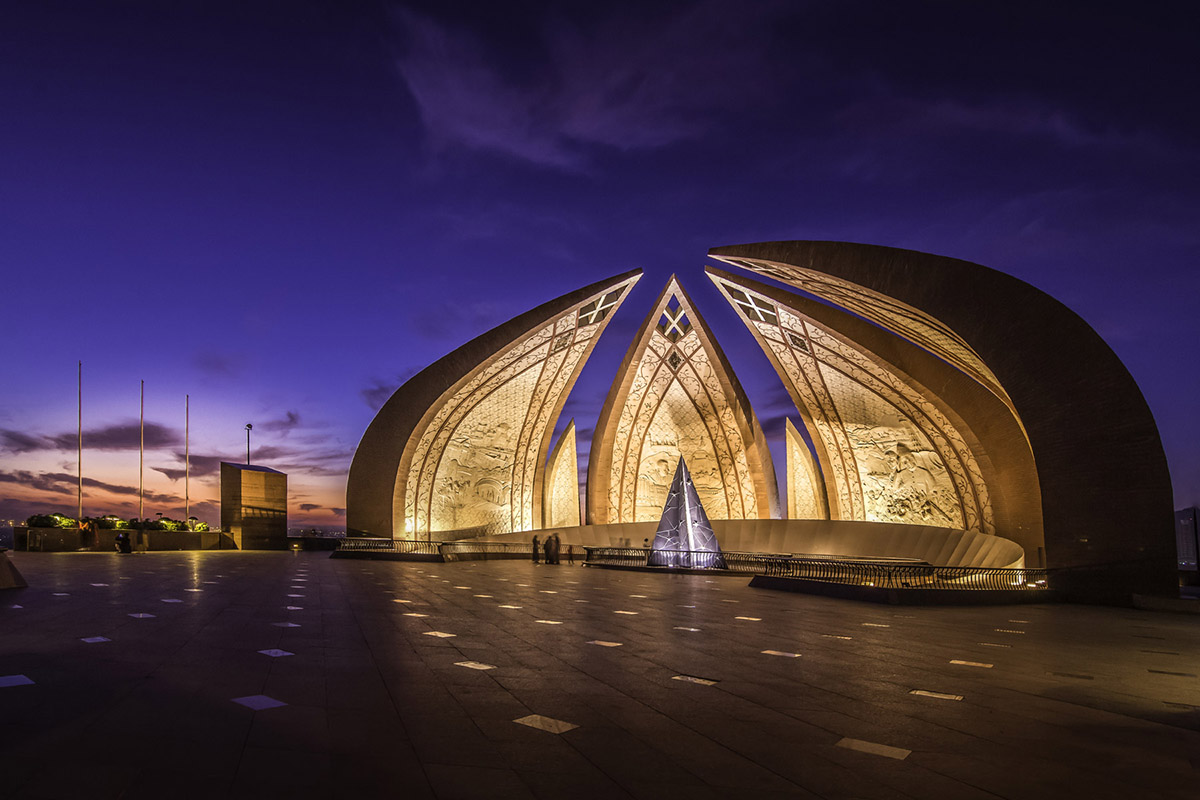
Architecture is a sculptural entity that needs to be explored in order to be experienced. Architecture makes our world habitable and we are surrounded by buildings all around us. The human existence is highly dependent on architecture and its characteristics as it has a direct impact on us. It is therefore quite important to note the quality of it and how it impacts human life in different ways on various locations.
There are quite a few ways of documenting architecture and keeping a record of it. Architectural photography is an efficient way of documenting the spatial quality of architecture and gives a good idea of the space by capturing the experiential character of it. Photography also helps us visualize the evolution of different spaces over time. Architectural photography acts as a magnet that aids architecture in getting the attention it deserves and gives it the status of monumentality while glorifying the spaces. Photography has the power to magnify the building details in order to make it worth the appreciation. Through architectural photography one can capture the "soul" of the space and put that "taste" out there in order to be explored by the people who could not be present there at that time.
The captured images help in communicating the concepts and ideas of the architect and depict their translations into the built realities. The photographs relate the buildings to elements of the nature like the sun and its angle affecting the building, the atmosphere and capture the essence of time in the moment. Photographs not only monumentalize the buildings but also glorify the architects behind the design of those buildings. Without the aid of architectural photography only a few architects could have made it to "stardom" that many have achieved today.
An architectural photographer is known for the notable works that he/she has done in terms of skills, scale of projects or a certain style that they have developed over the years. Architectural photographers are professionals who take pictures of buildings, built environments and spaces that are not only aesthetically pleasing but also depict the life in a picture. Architectural photography has been an emerging trend among the artists and architects since the 19th century and has been followed as a profession by many. Some of the notable names in architectural photography include Berenice Abbott, Carol Mckinney, James Austin etc.
The profession arose with the increasing need for photographs for commercial purposes e.g for being published on websites, professional journals, magazines, brochures and for adding to the portfolios of architectural firms. Architectural photography has mostly been a freelance job but some firms have also been hiring fulltime employees for this purpose. Professional training has never been compulsory for becoming an architectural photographer but one needs to develop the skills needed for performing the art of photography.
In a country like Pakistan, there are many architects and artists who have been taking up architectural photography as a passion but there are only a few that pursue it as a profession. Rana Atif Rehman is an architect who runs the business of architectural photography along his architecture firm called Rana Design Consultants while being a visiting academician, urban activist and a bicycling lover. He graduated in 2009 with a distinction in Bachelor of Architecture followed by a Masters in Project Management in 2015. Atif has been the former CEO of a web portal called Urban.Pk.com and he has also been serving as a visiting Lecturer at the National College of Arts from August 2016 to January 2019, Rawalpindi Campus.
Atif has also been the Honorary Treasurer at IAP Rawalpindi Islamabad Chapter from the year 2014 to 2016, Convener at IAPEX 2016, 2018, 2019 and Vice Chairman at IAP Rawalpindi Islamabad Chapter in 2018-19. Architect Atif has also served as the external juror at National College of Arts Rawalpindi, COMSATS and NUST Islamabad. He has also attended several various kinds of workshops.
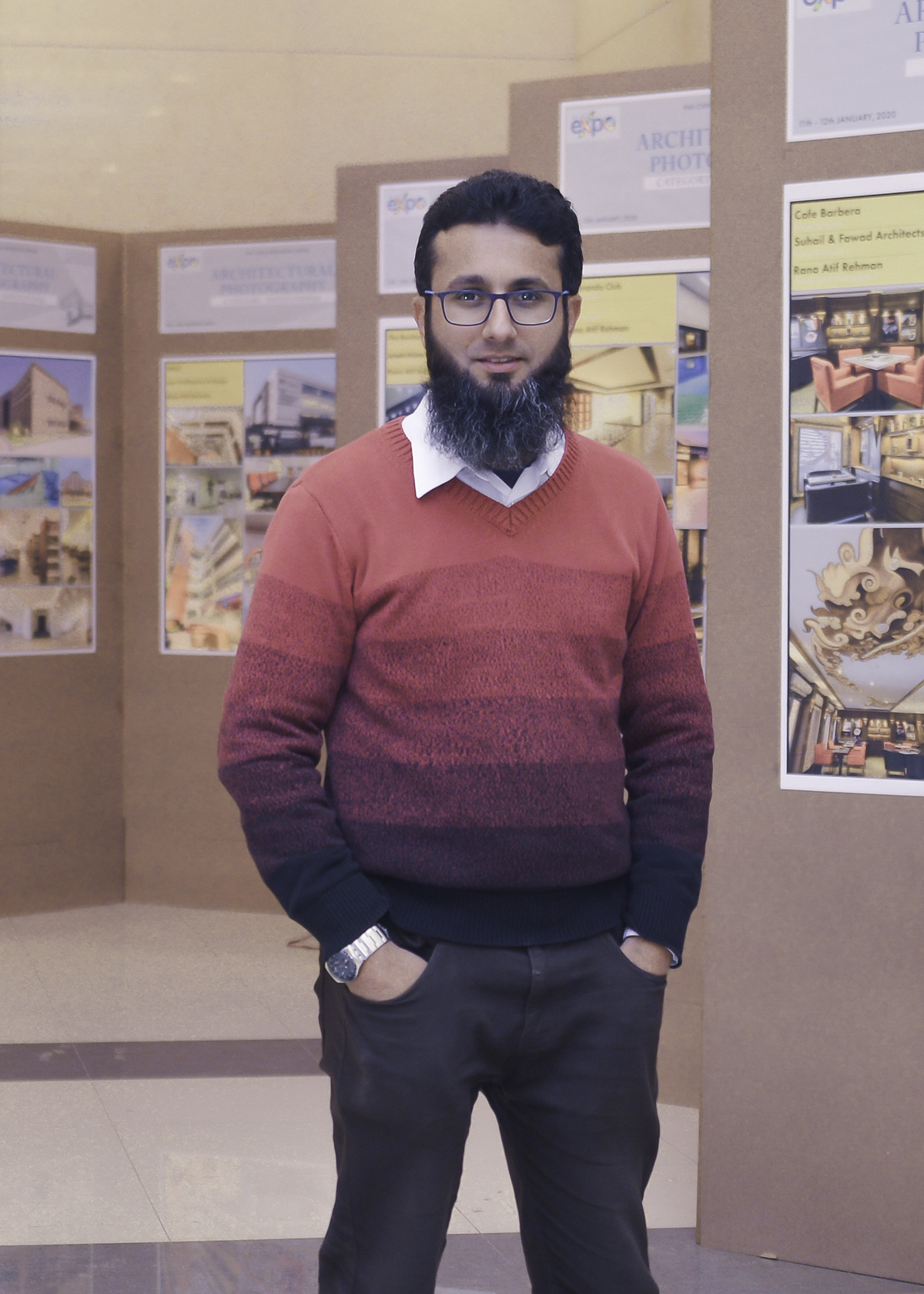
Architect and architectural photographer Rana Atif Rehman
Being an architect Atif has been blessed with the quality to decipher and document the hidden essence of building exterior/interior form and design through his camera lens. Atif understood the untapped potential in the niche of commercial architectural photography and started his career as a professional architectural photographer in 2010.
Atif has photographed over 450 projects and the portfolio ranges from building exteriors to interiors, private residences, mid rise apartments, small offices, large corporate head offices, kitchen interiors, furniture showrooms, urban cafes, five star hotels, schools, universities, corporate auditoriums, multi screen cinemas and the list goes on. His clientele includes architects, interior designers, furniture designers, contractors, building product vendors and corporate sector. Atif has won the 1st Prize in Architectural Photography, Theme Based Category – Disasters, Floods, Earthquakes in an event hosted by the Horticulture Department, UET Lahore, Pakistan in 2009 and also 1st Prize in Photography – Theme Based Category – Winter Fete at the event LUMS Annual Photography Summit (LAPS) 2020.
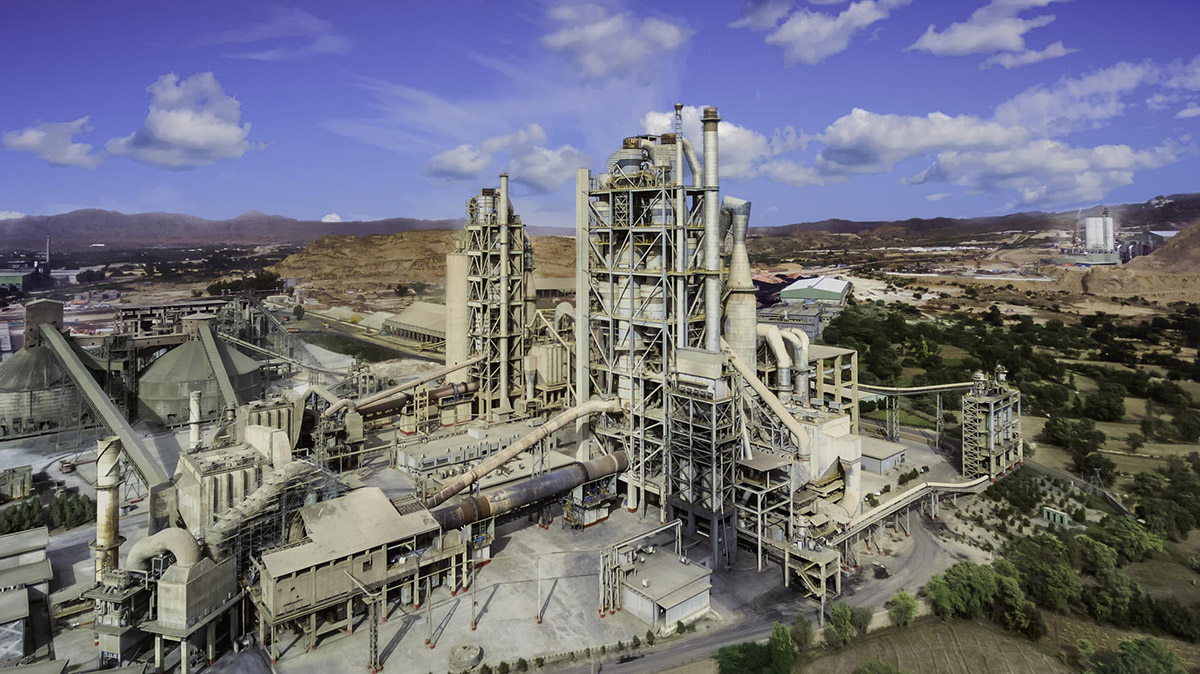
Within a short span Atif has transformed his passion for architectural photography into a profession. Atif believes that architectural photography is not just about clicking on frames but its about capturing the essence of the space and products. Atif has also held several exhibitions of his most notable architectural photography projects and has also presented his work at several local events.
WAC's Pakistan Reporter Rabia Haneef Meo has chosen Architect Rana Atif Rehman to discuss his professional photography career to find out the secret behind his wonderful career in photography in the country of Pakistan.
Read the full transcript of our interview with Rana Atif Rehman below:
Rabia Haneef Meo: How did you develop a passion for photography and from where and how did you learn architectural photography?
Rana Atif Rehman: I have been a camera lover since childhood. While at school I used a film role based manual camera that was a Yashica model belonging to my father and later in grade 7, I got a Chinese easy to use camera as a gift that I only used for documenting family and school events. In 2001, I got my first 1.8 MP digital camera and since then I have switched to the hi-tech sideof photography.
Architecture began to influence me enormously when I decided to pursue architecture as a profession back in 2003. It was the advent of internet in Pakistan and i began to search and study famous buildings online as I was getting my influences from the photographs on the internet and in the books. While living in Lahore for studying architecture, I had the opportunity of documenting several historical and modern buildings. The city was so rich in culture, heritage and architecture that it began to informally polish my photography skills which inspired me to start travelling around the country and shoot historical landmarks. Although at that time, my focus was only to become an architect and I had no intentions of taking ahead photography as a parallel profession.
My teachers identified the notable quality of observation within me particularly with the use of camera lens. Thus I began to polish my skills further. I unfortunately couldn’t find any local mentor who was professionally doing architectural photography therefore I began to learn through online tutorials from some of the best photographers in the field. Over the years, reading related articles, watching photography /post-production techniques and through intensive practice in the field, I have been able to harness my photography capabilities. I also went to some of my graphic designer and photographer friends for advise and response on my initial work. Their healthy criticism and guidance also polished my skills to which I am very grateful today.
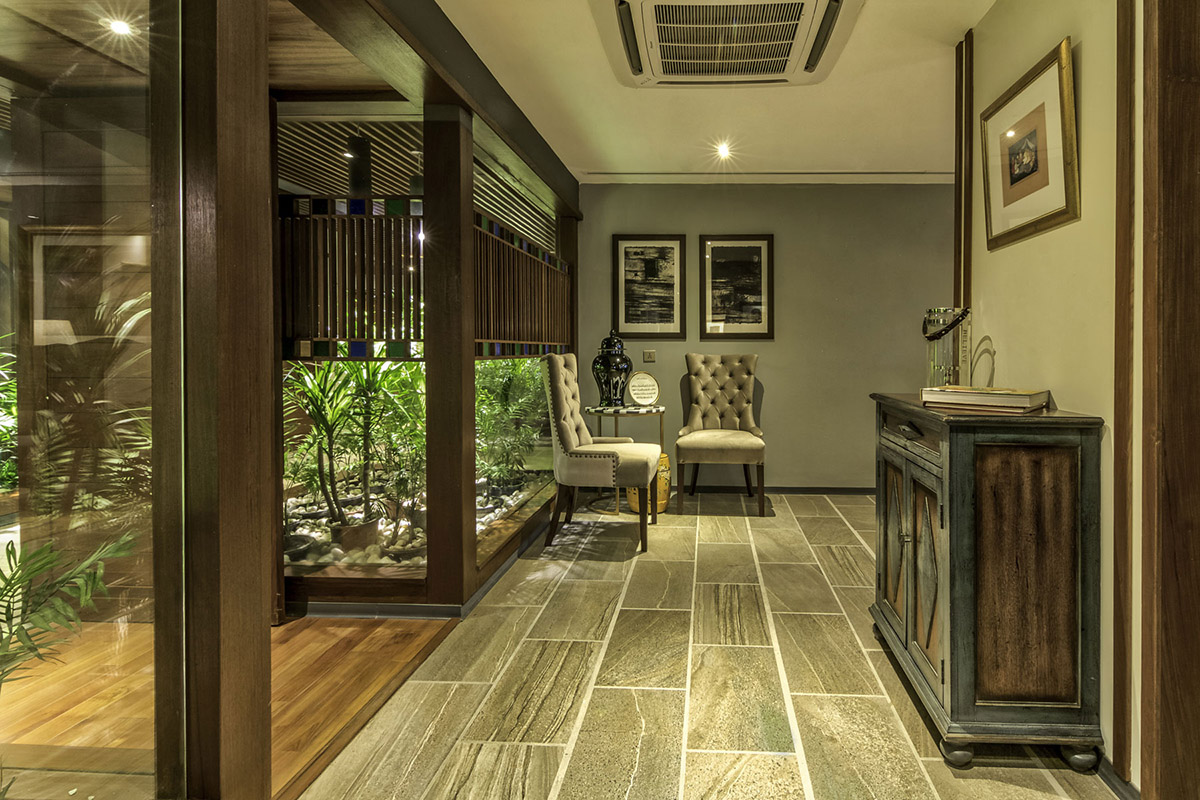
Rabia Haneef Meo: What made you want to pursue photography along architecture?
Rana Atif Rehman: A year after my graduation, I planned to buy the latest semi-professional DSLR camera. After discussing the idea with my spouse, who is also an architect, I decided to buy the camera for architectural photography as I expected it would prove to be a rewarding future investment.
I began to enquire a few senior colleagues regarding how they documented their architectural projects and most of them did it on their own or hired some wedding/fashion photographer. But most of them did not photograph their projects as it required a dedicated time slot and there were not many platforms to exhibit the work.
So this actually gave me an idea that Pakistan really had an untapped niche of architectural photography and I could be a service provider to my fellow colleague architects. This venture slowly exploded in multiple opportunities for which I began to professionally equip myself with.
In early 2011, I was given 5 projects for architectural photography documentation task. Over the next 3-4 years I worked for several other architects. The trend of exhibiting work on the firm's individual website was not attracting a wider audience but social media platforms like Facebook at that time and later Instagram, Pinterest, Behance started to pick up more attention. This actually began to help both the client architects and my work in reaching a wider audience. Through the social media, my services were now being acquired by furniture designers, building contractors, building material/product vendors, real estate developers and many others. It opened up a whole new source of clients for me. I also was not limited to work in Islamabad only and began working in more than 15 cities for architecture and real estate photography assignments.
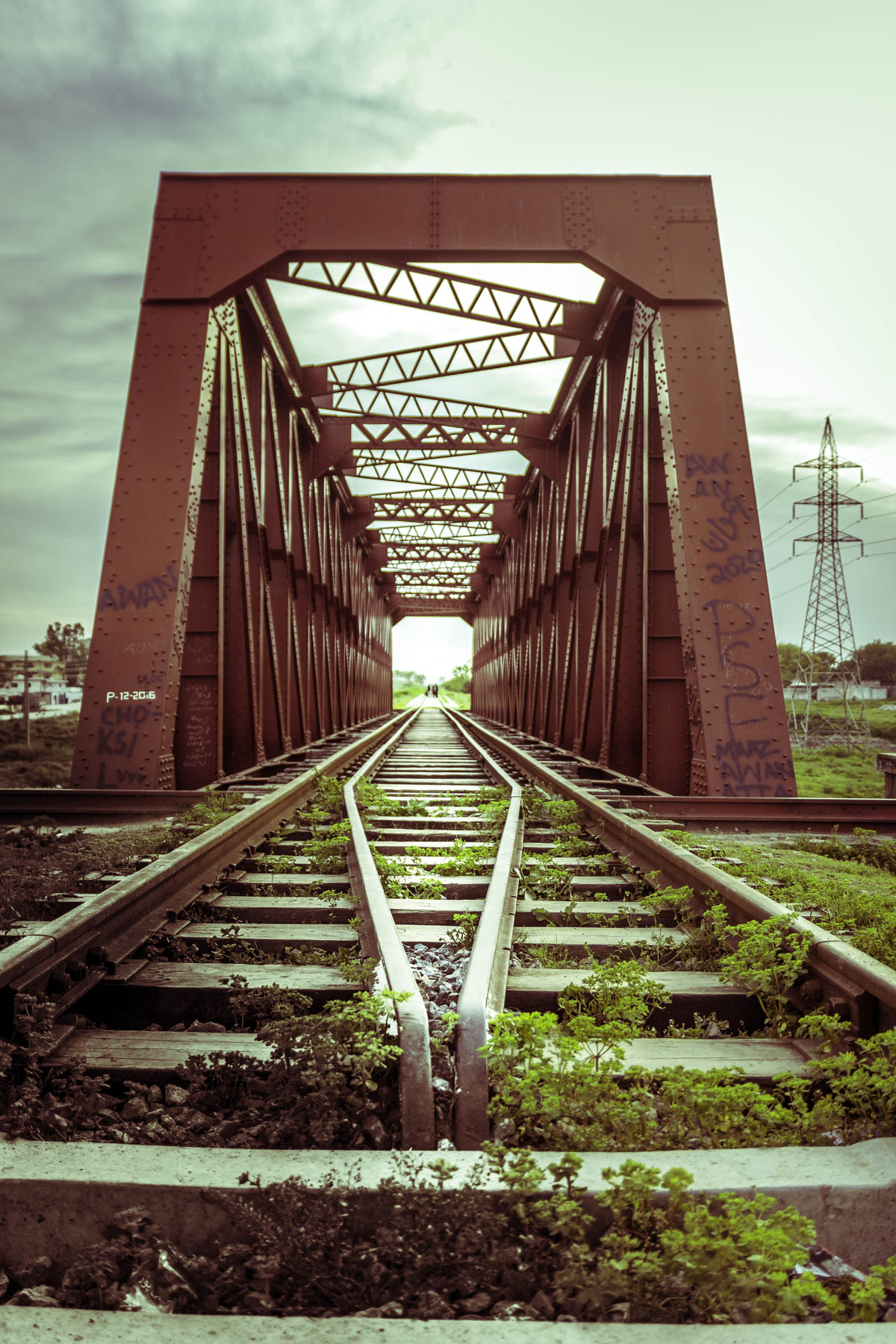
Rabia Haneef Meo: How does architectural photography influence your design as an architect?
Rana Atif Rehman: Architectural photography for me has been a blessing in disguise. I felt this because it has given me an immense opportunity to meet so many senior architects in person, talk about their projects while taking a brief before the shoot and then visiting so many diverse projects done by them. Not many architects working in a design studio get the chance. Visiting these projects and photographing them have played a pivotal role in helping define a style in architecture and experiment with colours, material, textures, spaces etc. All of the knowledge I have gained is in the sub-conscious of my mind and influencing my
design process and during execution of work.
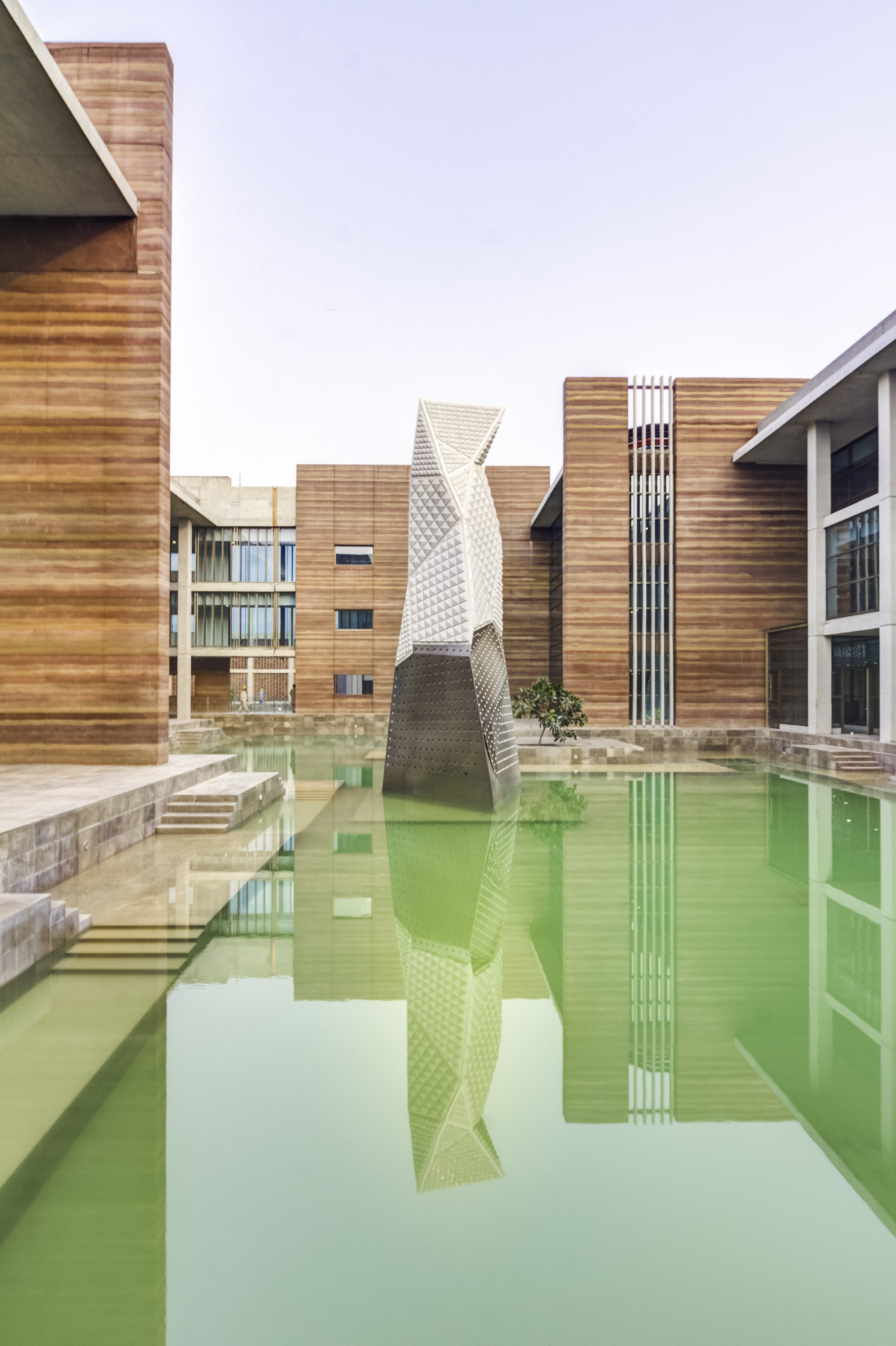
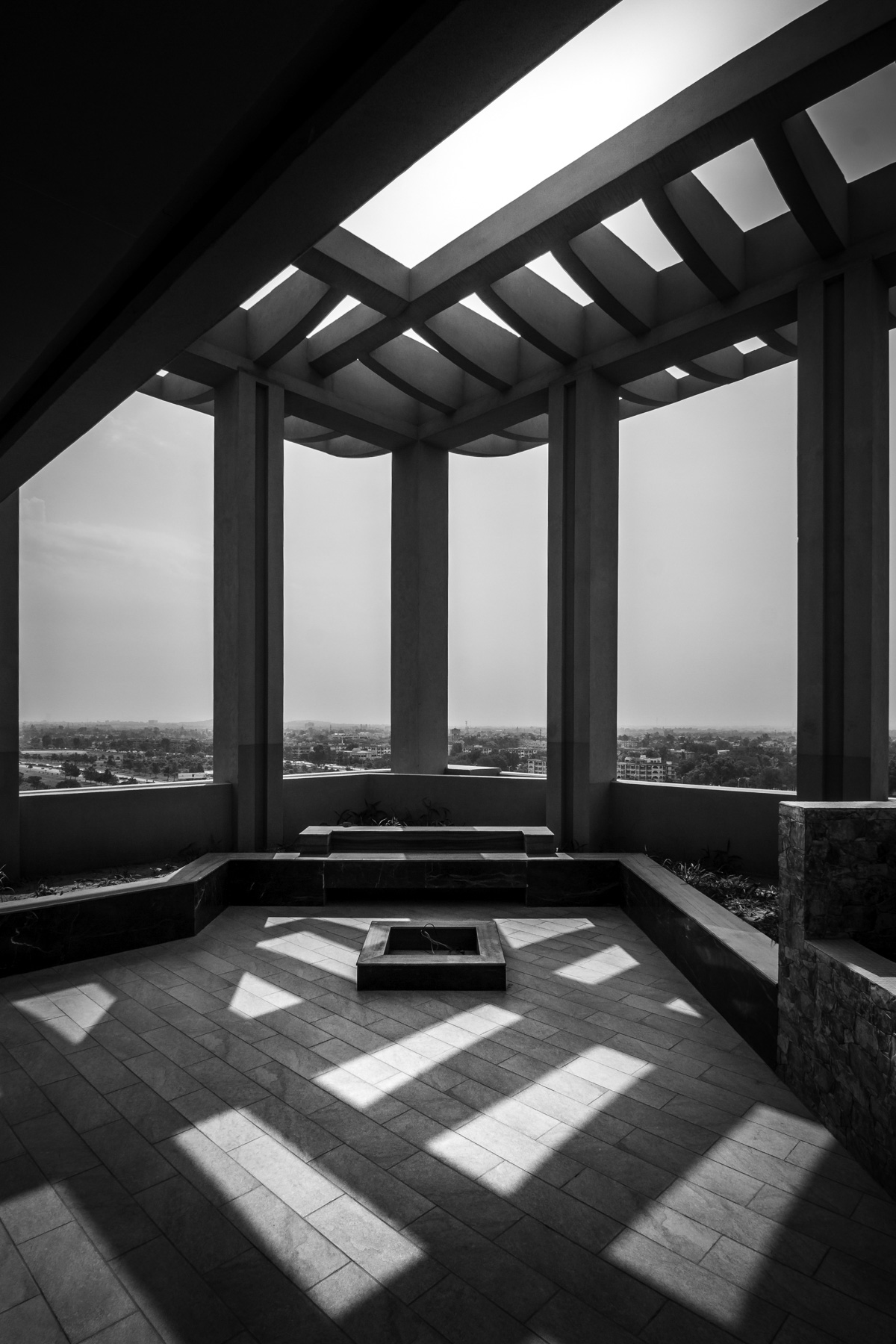
Rabia Haneef Meo: How successful do you find yourself in balancing out your design practice and the photography assignments?
Rana Atif Rehman: This is the challenge I have taken up. I usually schedule the project photography on alternate days in any week but there are always constraints such as bad weather, availability of site during/after working hours, permission protocols, completion handover deadlines etc. In order to make sure the job is done correctly and on time, I keep a margin of flexibility in the weekly schedule. I try not to pick up more assignments in a given week as I have to dedicate time to my architectural practice and also require time for post-processing of the shortlisted images. Over the years, I have learned the art of time and schedule management to work efficiently and align both of my businesses.
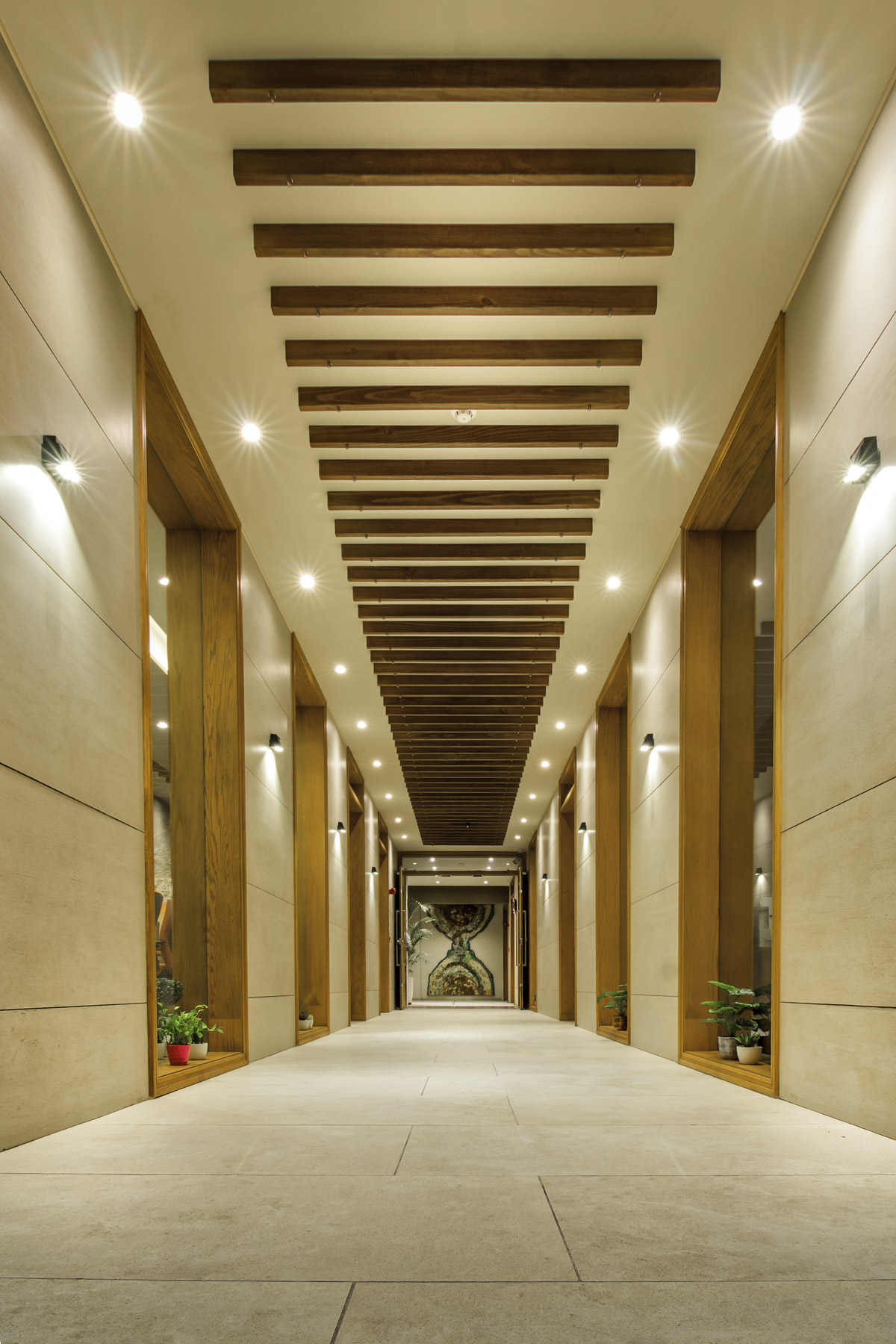
Rabia Haneef Meo: Who is your inspiration as an architectural photographer?
Rana Atif Rehman: My first online mentor was a French Photographer ‘Serge Ramelli’ who I still follow the most. I used to watch his online tutorial on outdoor and indoor architectural photography techniques. His work was truly amazing and I learned multiple post-production techniques that actually have added a wow factor in my pictures as well.
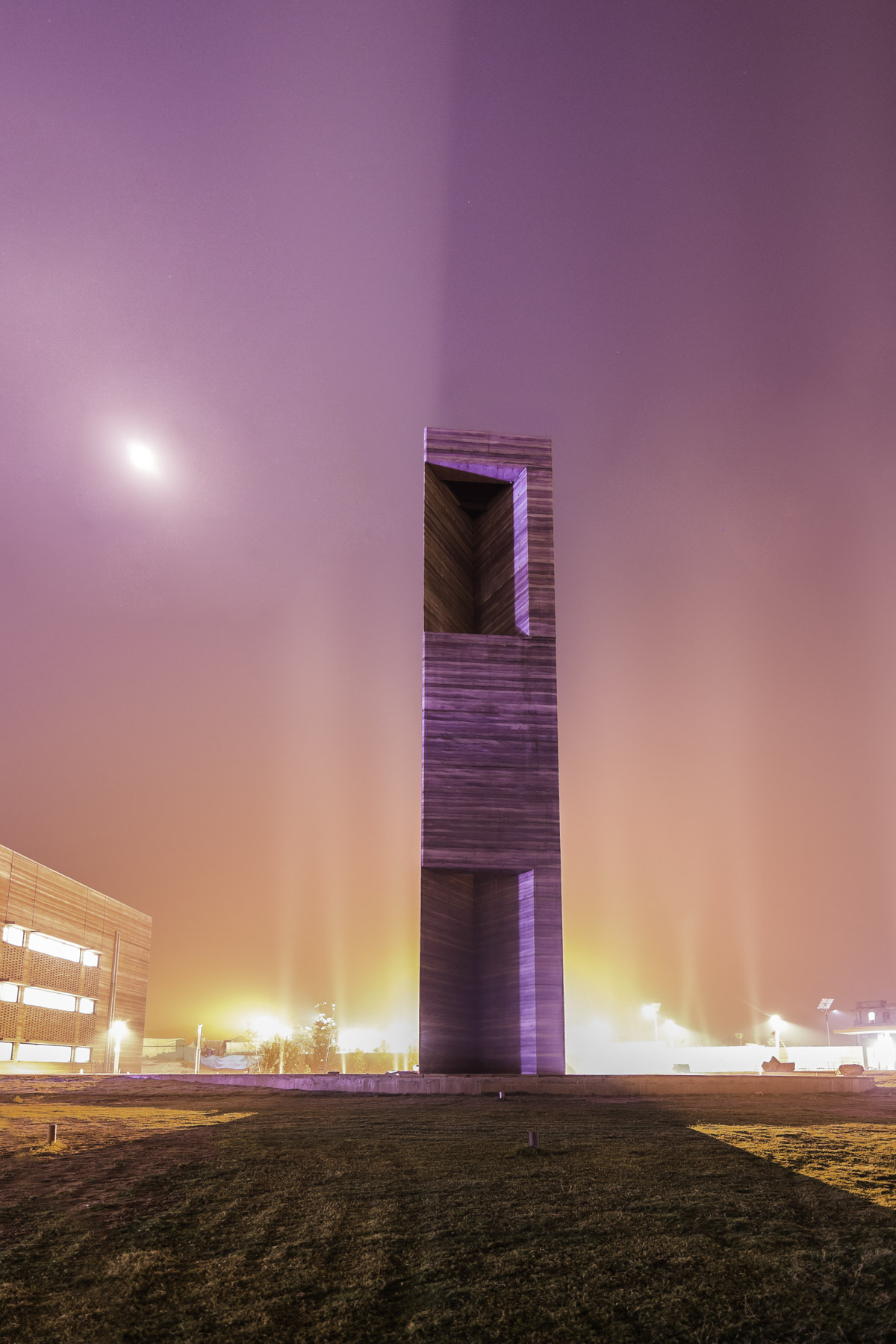
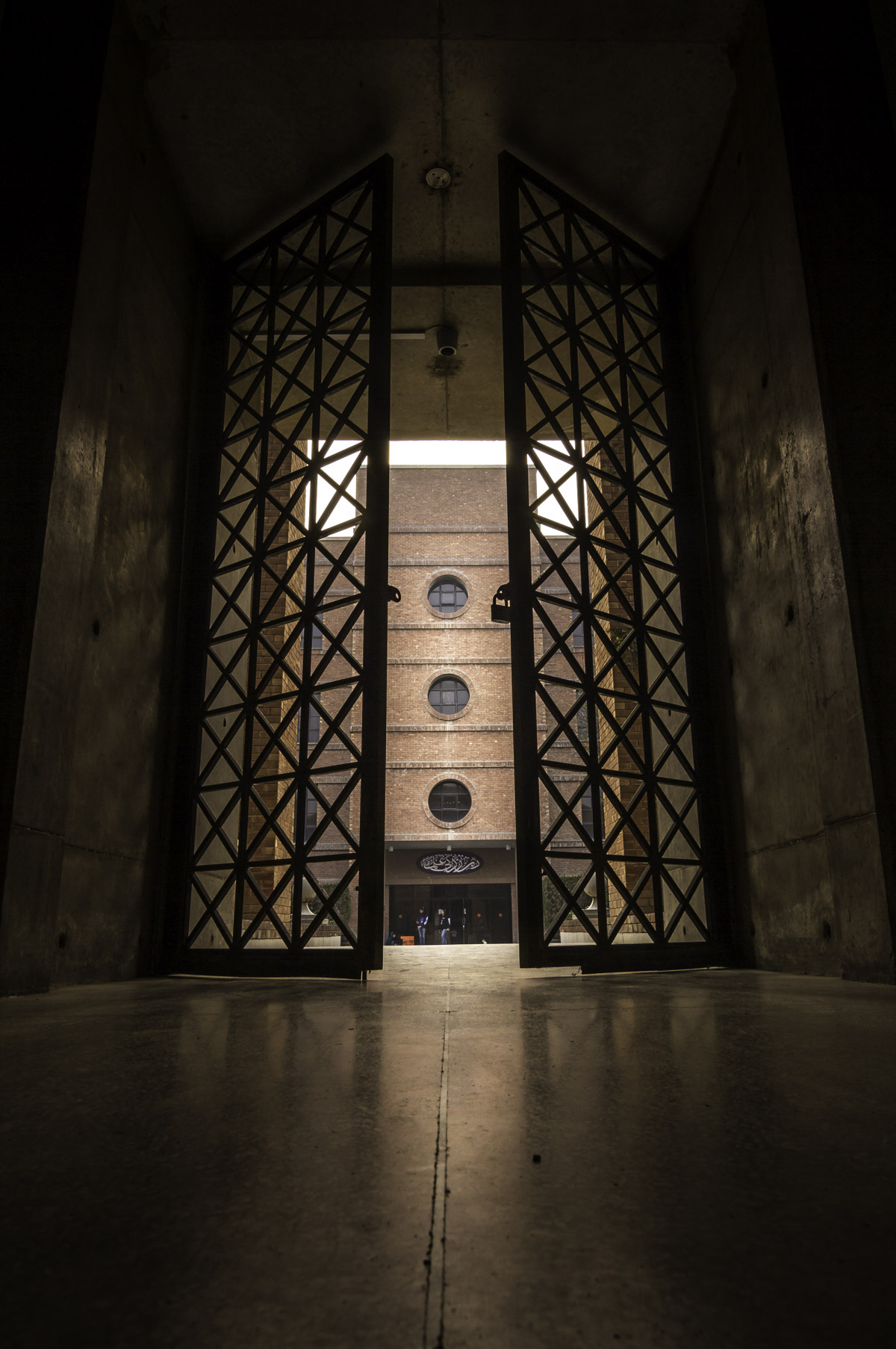
Rabia Haneef Meo: What kind of photography is personally your favorite? I mean cityscapes, landscapes or interiors?
Rana Atif Rehman: My personal favorite niche is "fine art photography". It actually focuses on the abstract aspect of any building elements even though the building may not have anything abstract in it. It also involves the unconventional angles a photographer uses with the play of aperture and focal length to create a mystery itself. I started taking these abstract shots which added value and return to my photography.
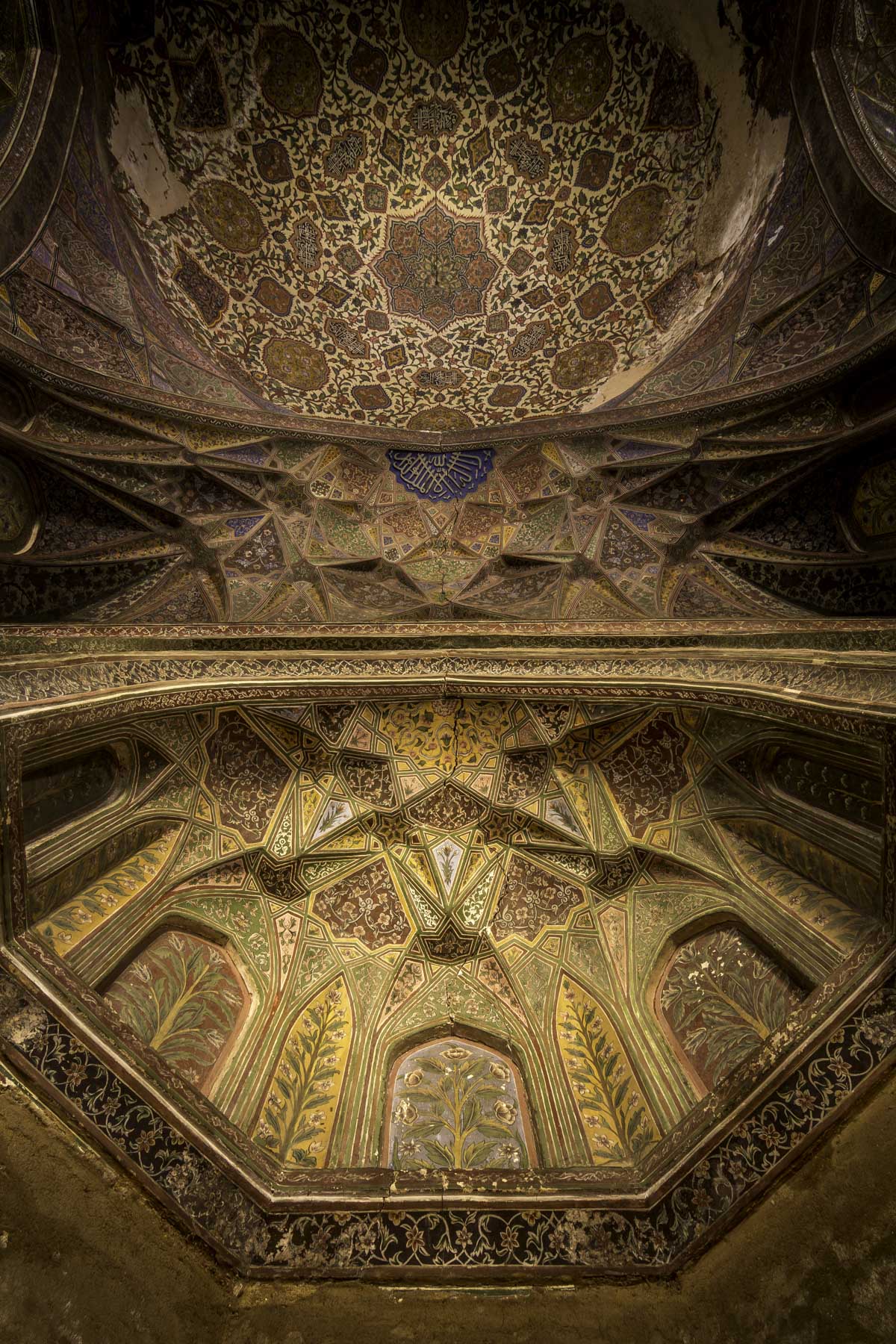
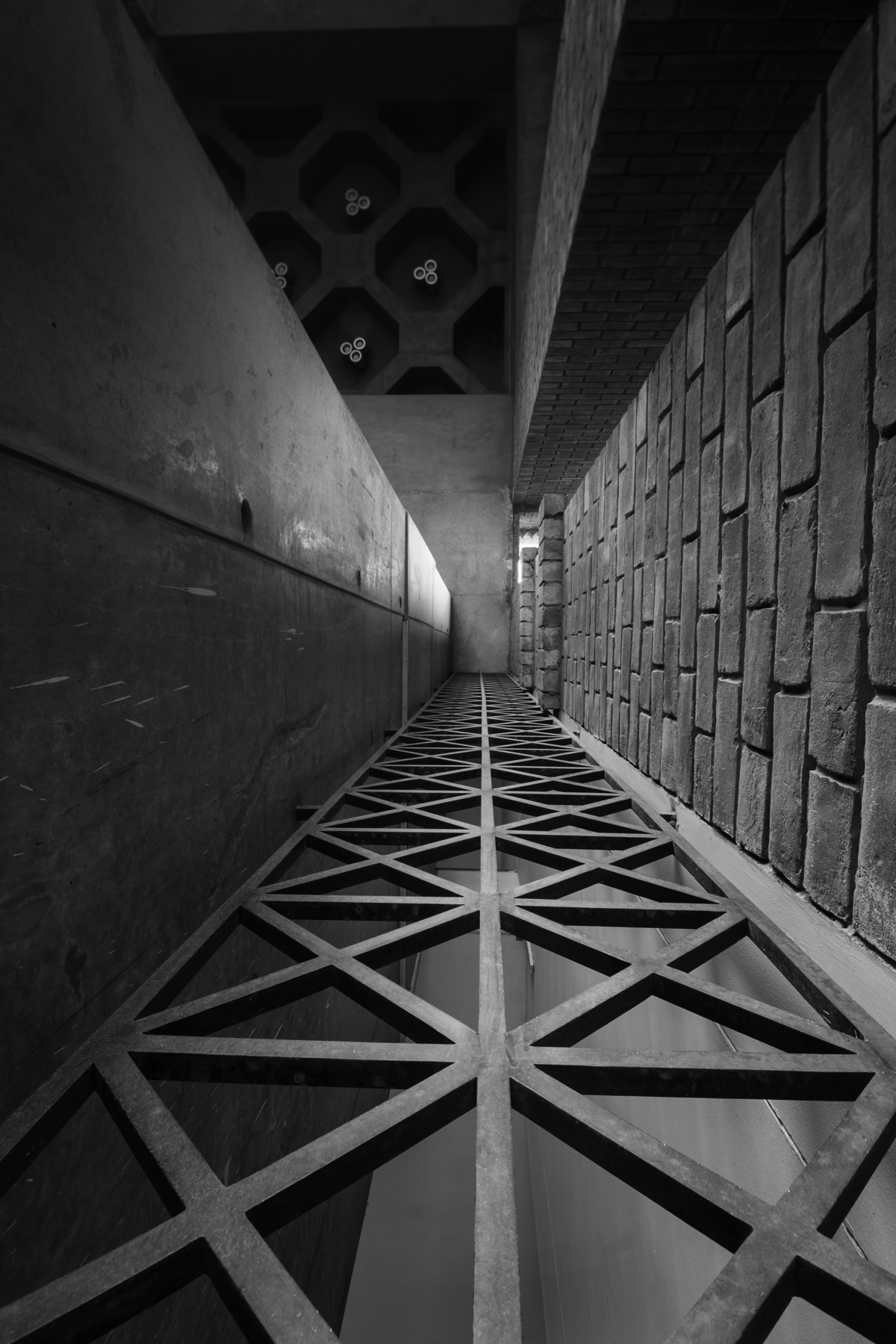
Rabia Haneef Meo: What kind of buildings do you like to photograph the most? Do you prefer interior or exterior photography projects?
Rana Atif Rehman: I like to photograph private residences as well large scale buildings that have unique design, form, use of material and texture in the exterior. Buildings with the fundamentals architectural elements (like play of scale, hierarchy, repetition, proportions etc) also are fun to photograph from the outside. I have always been fascinated to shoot Cinemas from the interiors. Taking shots in low light along with the combination of vibrant colours has been a challenge for me.
Rabia Haneef Meo: What gears do you use mostly?
Rana Atif Rehman: I started with a Canon 60D DSLR camera but now I am using Canon 5D Mark III and Canon 6D Mark II for shoots. I have multiple lenses which include ultra wide lenses to document compact space, medium range lenses for shooting elevation front, an average road side distance to tele-lens to shoot building front far distance or towers. Moreover I also have a collaborative team for doing drone/aerial photography. We are also providing video documentation of projects.
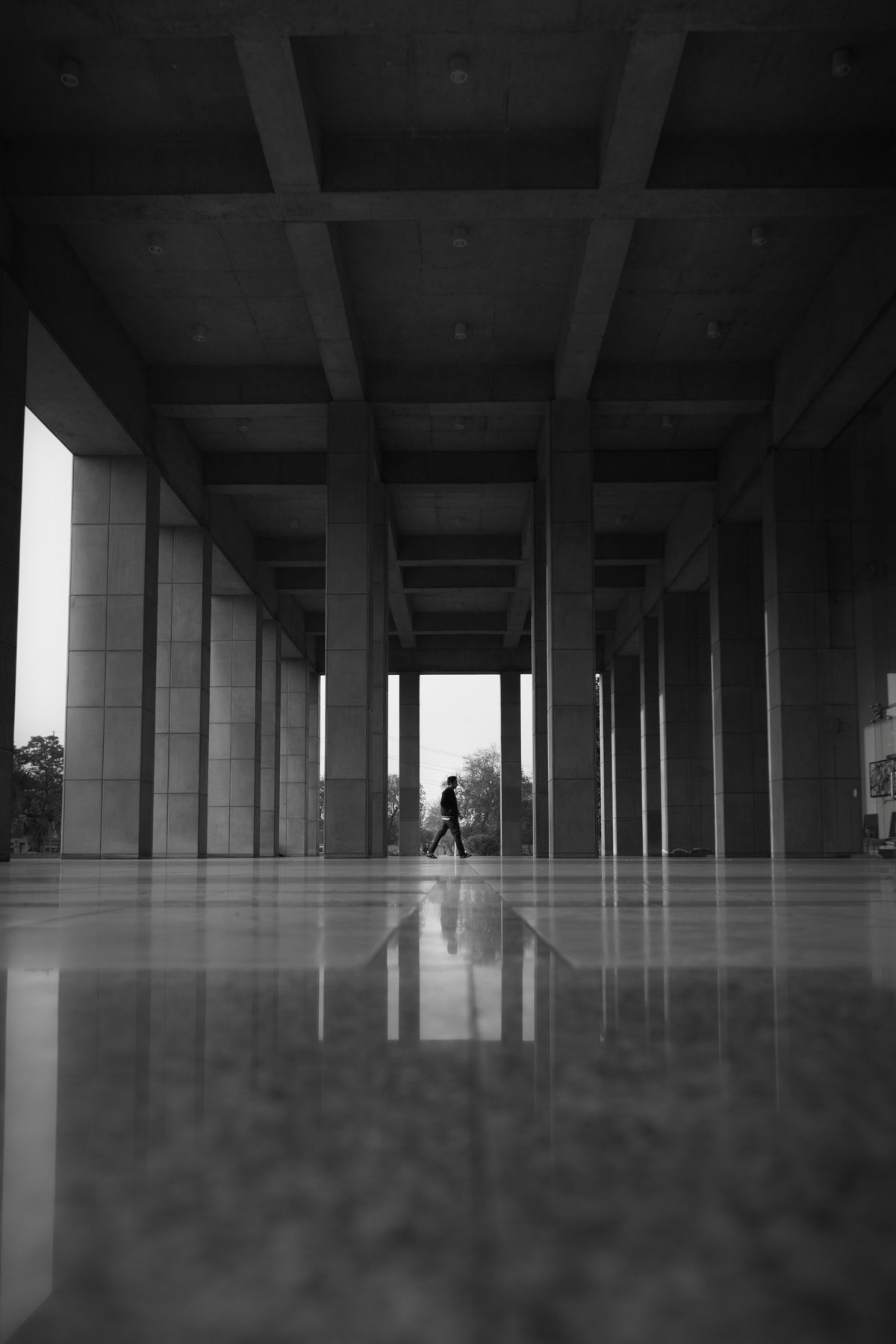
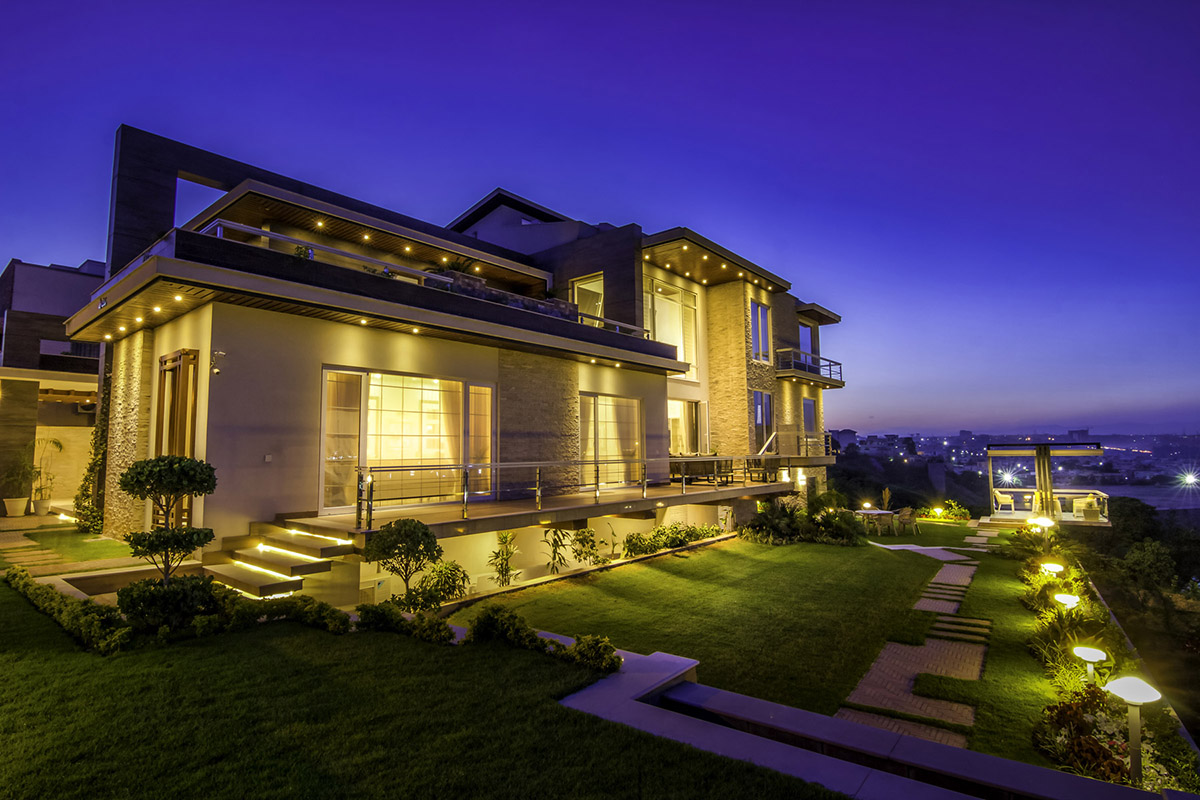
Rabia Haneef Meo: Which are your favorite post processing tools?
Rana Atif Rehman: Adobe Lightroom has been one of my favorite ones so far and fine tuning done with Adobe Photoshop CC. I also have used Aurora HDR, Luminar 2018, Photolemur, Landscape Pro Studio for adding the crisp to the simplest of photographs. All versions are paid up.
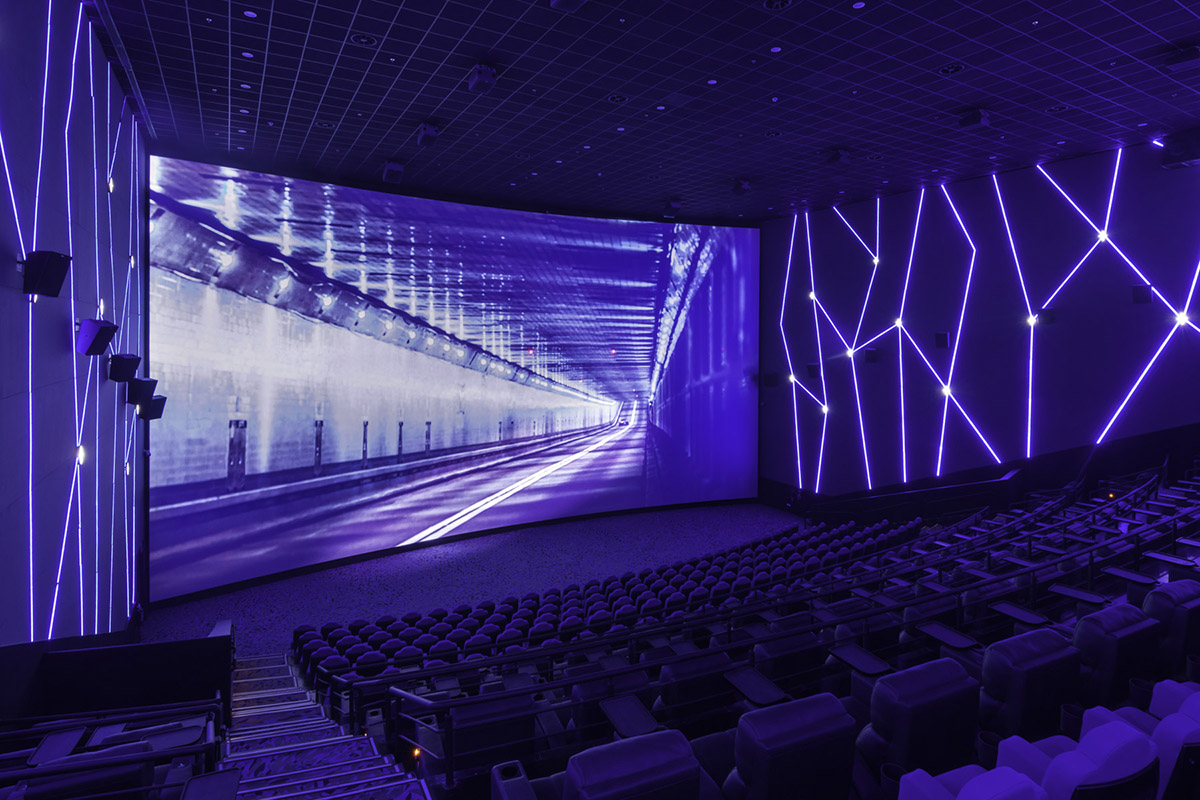
Rabia Haneef Meo: What time of the day is your favorite and gets you the best shots?
Rana Atif Rehman: I enjoy the shoot during the twilight time and blue hour. Some of my best personal shots have come at the time of sunset with colour variations coming in the sky in the presence of fewer clouds. However, if a detail in the form of the building is required, I like to shoot in mid-day time when the sun is strong and so are the shadows, which helps to develop a better contrast in the photograph.
Rabia Haneef Meo: How do you think architectural photography has helped your clients?
Rana Atif Rehman: It is very important to understand the client’s need, identify whose need it is and how they will be using this product which here is a picture. Today, we all understand the power of social media, and the best way to sell your work is to show them in real time the actual photograph of the project. The images I have shot so far have been used on local and international web portals, in architecture and interior magazines, billboards in case of product photography and for competition submissions. Some of my clients have worked for over 7 years with me which actually means that architectural photography is increasing their sales along with client outreach, they are happy with my services and thus keep coming back.

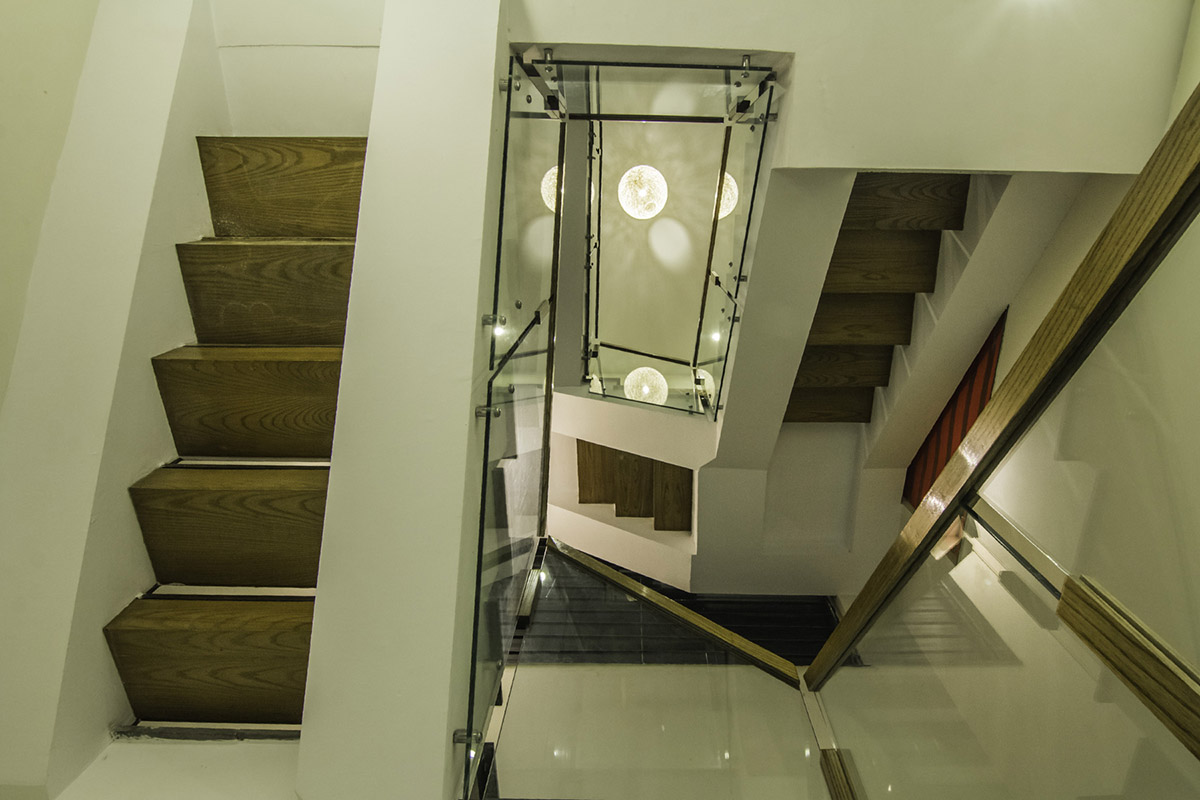
Rabia Haneef Meo: What advice would you like to give to the young architects who want to pursue architectural photography as a profession?
Rana Atif Rehman: When I began in architectural photography as a parallel profession back in 2011, it was successful due to two main reasons; firstly it was the consistency with which I worked and second is that my wife and father both supported my architecture business whenever I was out of the office. It is very difficult to run an architectural practice full time and skipping working time if there is no team at the back. I feel blessed in this regard. But nevertheless, if I can manage the time and schedule the shoots timely, others can do it as well. ‘Through formal education I became a qualified architect, through informal education I became a renowned architectural photographer.’
Rabia Haneef Meo: What challenges do you see ahead and what is the future of architectural photography in your country?
Rana Atif Rehman: Earlier I had to face the fashion and wedding photographers who would take the slice in architectural photography. But today I see a few young architects who have started providing this service in different cities. So the first thing I see is a rise in competition amongst my own community. Which also means that there is a wider acceptability of the profession itself and clients are giving preference to architectural or real estate photographers. As an architect I also understand that the demand will grow as we have a large growing urban population and thousands of buildings under construction in multiple cities. The only way to survive and grow is by adapting rapidly to the changes in the market and keep improvising the basic techniques.
All images © Rana Design Consultants
